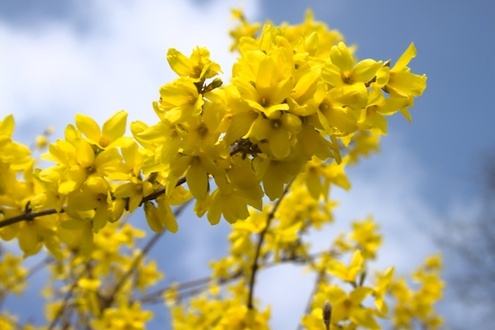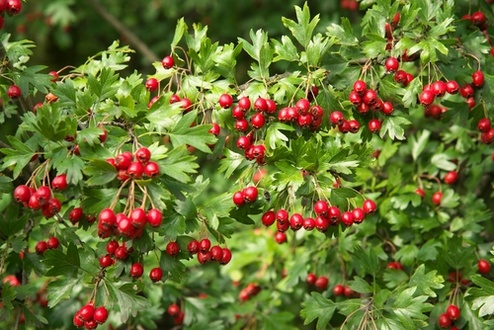
With their big flowerheads and bold foliage, hydrangeas are a superb choice for shady borders, adding structure and beautiful late summer colour. With the right pruning, hydrangeas will flower reliably year after year. Find out how to prune your hydrangeas with our simple guide.
Identifying your hydrangea
Hydrangeas come in a wide range, and each type has its own pruning requirements, so before picking up your secateurs, you’ll need to identify your hydrangea. The easiest way to identify hydrangeas is by their flower type, so if you’re not sure what you have, leave it to grow for a season before pruning it.

Types of hydrangea
Most hydrangeas found in gardens will fit into one of these categories:
Hydrangea macrophylla: Compact, bushy shrubs, known as either mophead or lacecap hydrangeas, depending on their flowerheads. Mophead hydrangeas have round flowerheads made up of small flowers. The flowers are usually either pink or blue depending on soil pH, although white varieties are also available (white varieties don’t change colour with soil pH). Lacecap hydrangeas have flat flowerheads with a ring of petals around the centre of tiny flowers.
- Hydrangea paniculata: a bushy deciduous shrub with long, conical flowerheads on arching stems. In some varieties, the flowerheads gradually change colour as they mature.
- Hydrangea arborescens: a large shrub with huge round flowerheads, usually white. Hydrangea ‘Annabelle’ is one of the best-known Hydrangea arborescens varieties.
- Hydrangea quercifolia (oakleaf hydrangea): a medium-sized shrub with long conical flowerheads and bold lobed leaves that turn red in autumn.
- Hydrangea anomala sp. petiolaris (climbing hydrangea): a self-clinging deciduous climber with lacecap flowers and leaves that turn yellow in autumn.
How to prune hydrangeas

- Pruning Hydrangea macrophylla: Don’t deadhead mophead hydrangeas in autumn. Leave the dried flowerheads on the plant over winter, as they will provide some frost protection for the new buds. Prune in early spring, cutting back last year’s flowered stems to the first pair of strong buds below the old flowerhead, and cutting back one or two of the old stems to the base to promote new growth and more flowers. Lacecap hydrangeas can be deadheaded after flowering, cutting back to the second pair of leaves below the flowerhead. As for mopheads, cut back one or two old stems in spring.
- Pruning Hydrangea paniculata and Hydrangea arborescens: Prune in spring, cutting back last year’s growth to a pair of healthy buds lower down on the stems. Hard pruning to around 25cm above ground level will give you a compact bushy shrub. For a taller plant, prune to around 60cm high.
- Pruning Hydrangea quercifolia: Prune in spring to remove any dead wood and cut back any overlong stems.
- Pruning Hydrangea anomala sp. petiolaris: Prune as soon as possible after flowering, cutting back any overlong shoots. Most flowers will appear at the top of the plant, so don’t prune too hard in this area.
From flowering shrubs to vibrant perennials, you’ll find plants to suit every garden in our centre. Visit us today and add some autumn colour to your garden!




